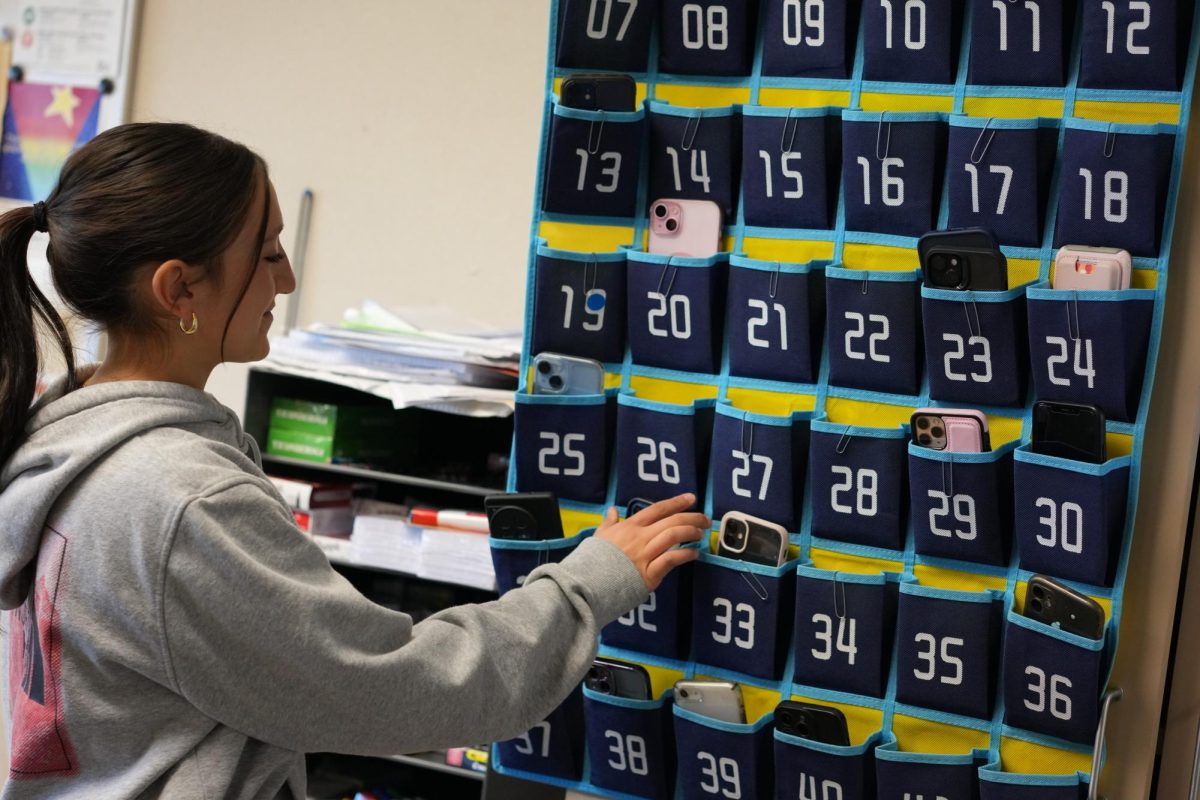By Shawna Stinson, staff writer
When senior Taylor Jauregui flipped channels on his TV and landed on an old sitcom like “The Brady Bunch,” “I Love Lucy” or “Leave it to Beaver,” he wasn’t very interested and kept on searching channels, because he would rather watch a more modern show.
Many people prefer to watch current TV shows because the families depicted are similar to their own. These shows are easy to relate to because the media is designed to portray modern families, and as the times change, TV shows have re-adapted to meet society’s interests.
Sixty years ago, a very popular sitcom, “Leave it to Beaver” was a comedy about the average white, middle class family from the perspective of the youngest son, Theodore, who was more affectionately known as Beaver.
The Cleavers were a nuclear family living in America.
Mrs. Cleaver was the stereotypical homemaker who cooked every meal in her Sunday dress. Their family always ate around the table, and the Cleaver house was always spotless.
Beaver’s father easily supported his family financially and always came home to a meal waiting for him on the table.
Between “Leave it to Beaver” and current sitcoms, there was “Full House,” a 1990s show about a very unconventional family.
In the show, a widowed father and his three daughters live with the daughter’s uncle and a friend.
Full House was an easy transition between very different eras, because the family still ate dinner together every night, even though it was not the average nuclear family with a mother and father.
As American families have changed their dynamics and the way they interacted, the shows on TV have changed as well.
A current sitcom, “The Middle,” is about the average white, middle class family. The Hecks are a common nuclear family, which is rare in modern times.
In this family, both parents have jobs and are constantly worried that they aren’t raising their children right. The house is always a mess and though they try to eat around the table every night, they have fast food for dinner on a semi regular basis.
“Leave it to Beaver” and “The Middle” are both sitcoms from very different times with very different family dynamics. But through the years, family morals and values have not changed. Both shows have very loving parents who only want the best for their children.
Real American families seem to also share the same values regardless the decade. Similar behaviors are evident in the lives of Cal High students and teachers.
“As a parent, I need to be open and honest with my children,” said English teacher Donna Montague, whose teenage son and daughter attend Cal High.
Health teacher Susan Fitch raised three children who are now all over 20 years old.
“Dialogue, reasoning and a lot of listening is far more effective than ‘because I said so!’,” said Fitch, when asked about her parenting mottos.
These teachers raised their kids during different years, yet both believe that open communication is the key to a good parent-child relationship.
Though families on TV often have similar values, there are many examples for how media has adapted throughout the years. Even Disney Channel shows have changed to mimic the average family.
“Lizzie McGuire” was made in the early 2000s, and it portrayed a nuclear family. However, more current Disney channel shows like “Hannah Montana”, “Corey in the House”, and “The Suite Life on Deck” all involve a child with a single parent.
“(It is important for TV shows to reflect current families) because people need to relate to shows,” said Taylor. “If more people can relate to a show, more people will watch it.”






Sarah S • Feb 15, 2011 at 5:03 pm
hi all, First time poster and excited to be a part of the conversation .